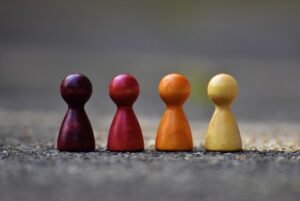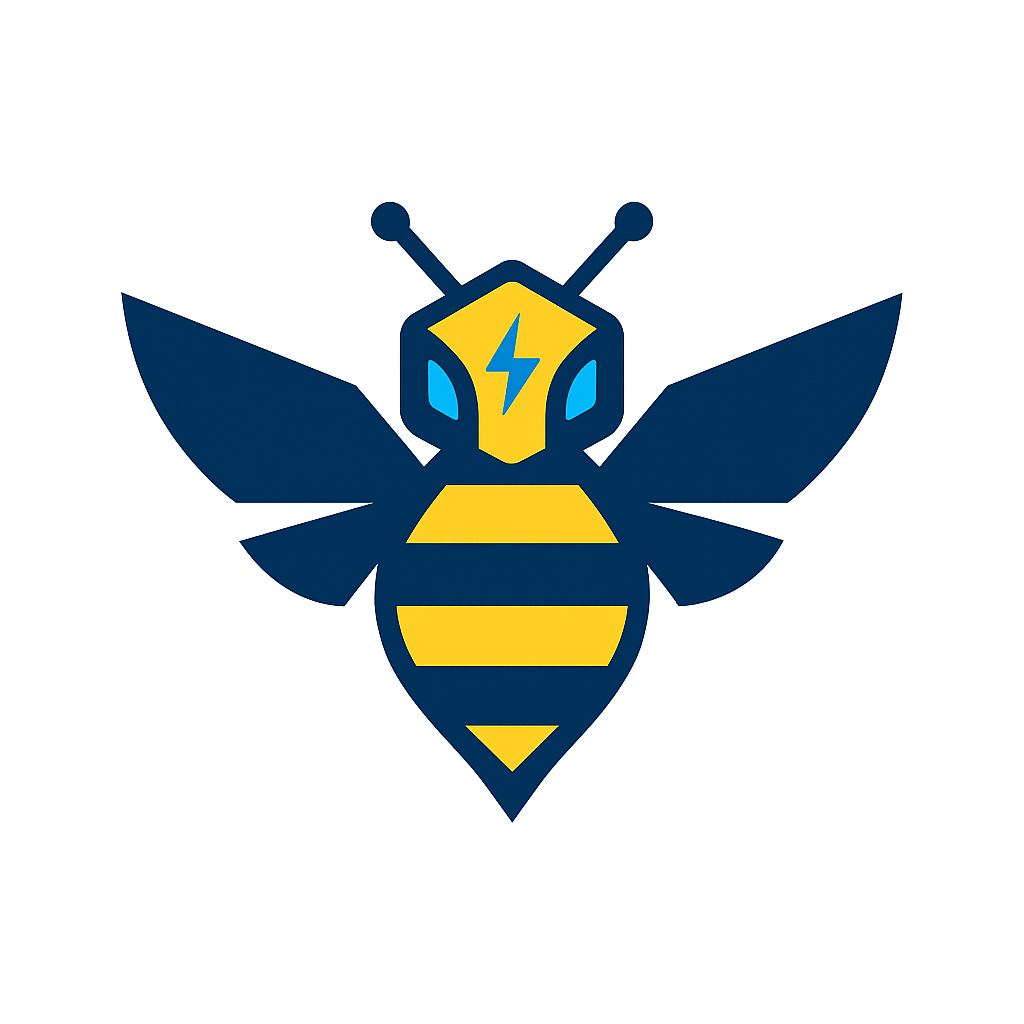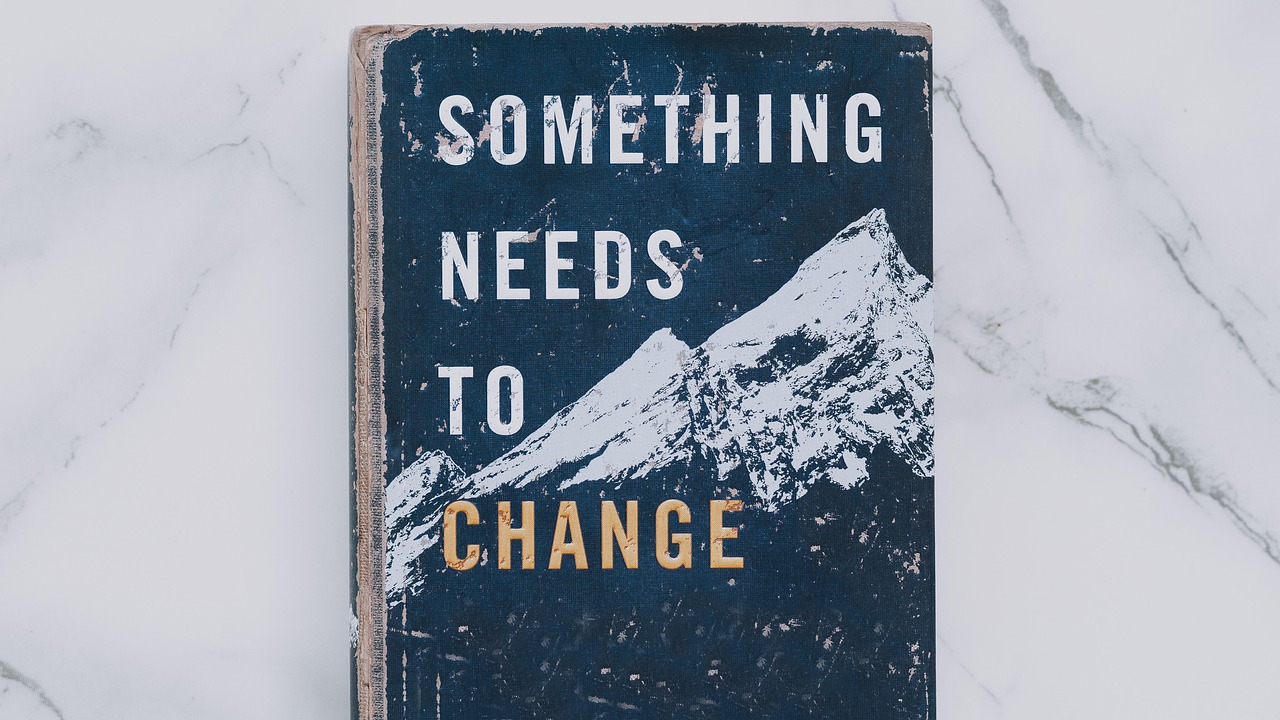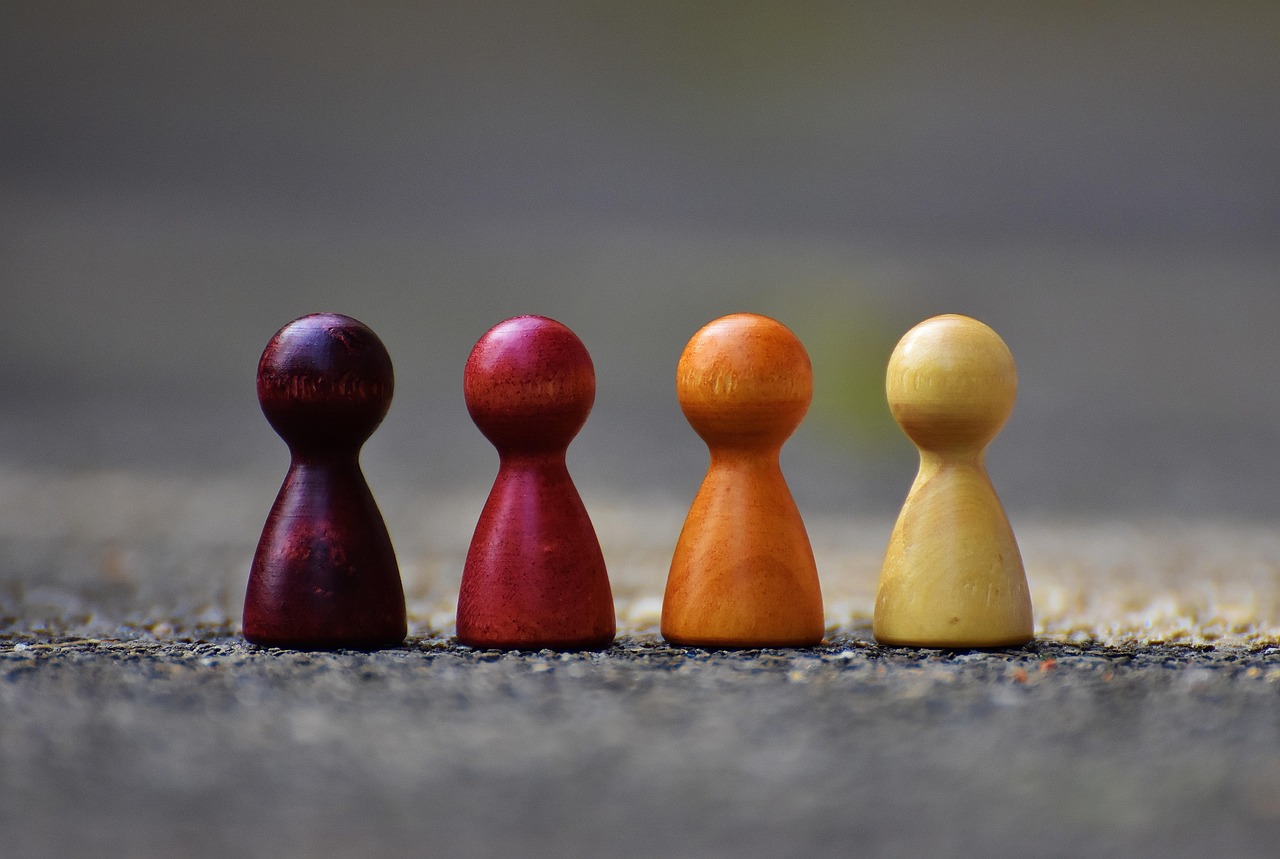Introduction
Have you ever felt stuck in your personal growth journey, wishing for a group of like-minded souls to cheer you on? In 2025, the power of community is more vital than ever, as digital platforms and hybrid connections redefine how we support one another. Building a supportive self-development community in 2025 isn’t just about finding people—it’s about creating a space where inspiration, accountability, and growth thrive. With the rise of virtual tools like Discord, Meetup, and even AI-driven networking platforms, the opportunities to connect are endless. This article will guide you through practical steps to create or join personal growth communities that spark transformation. Whether you’re craving motivation or seeking to inspire others, let’s explore how to build a supportive network that empowers everyone involved.
Visual Suggestion: A vibrant group photo of diverse individuals collaborating in a virtual meeting, captioned “Your tribe awaits in 2025.”
Why Community Matters for Self-Development in 2025
The need for connection is timeless, but 2025 brings unique challenges and opportunities. Studies show that social support boosts mental health and goal achievement—people with strong networks are 40% more likely to stick to their resolutions (American Psychological Association, 2024). Yet, with hybrid work and digital overload, feelings of isolation are common. Personal growth communities bridge this gap, offering accountability and encouragement. Platforms like Discord and Slack have exploded as hubs for niche groups, while in-person Meetups are rebounding as people crave face-to-face connection post-pandemic.
To build a self-development community in 2025, start by understanding your “why.” Are you seeking accountability for fitness goals, career growth, or mindfulness? Defining your purpose shapes the community’s vibe. For example, Sarah, a 30-year-old entrepreneur, launched a Discord server for women in startups. By focusing on shared challenges, her group grew to 500 members in six months, fostering mentorship and collaboration.
Reflection Prompt: Write down one personal growth goal. Who could support you in achieving it?
Step 1: Choose the Right Platform for Your Community
Selecting the right platform is key to building a supportive self-development community in 2025. Online community tips include prioritizing accessibility and engagement. Here are three options:
- Discord: Ideal for real-time chats, voice channels, and themed discussions. Create channels for mindfulness, career tips, or book clubs. Example: The “Growth Mindset Hub” Discord has 2,000 members sharing daily wins.
- Meetup: Perfect for hybrid or in-person groups. Host workshops or coffee chats in your city. In 2025, Meetup’s AI-driven event suggestions make finding local growth seekers easier.
- Slack: Great for professional or structured groups. Use it for weekly goal-setting threads or Q&A sessions with experts.
Practical Exercise: Research one platform (e.g., Discord or Meetup) and create a free account. Join an existing self-development group to observe its structure.
Visual Suggestion: A screenshot of a lively Discord channel with members sharing goals, captioned “Where growth conversations spark.”
Step 2: Define Community Values and Structure
A thriving community needs clear values and structure. To create a supportive community, establish guidelines that promote respect, inclusivity, and growth. For instance, the “Mindful Makers” Meetup group in Seattle sets three rules: listen actively, share authentically, and uplift others. These values attract members who align with the group’s mission.
Structure your community with regular activities. Host weekly check-ins, monthly challenges (e.g., a 30-day gratitude journal), or guest speaker sessions. In 2025, AI tools like event scheduling bots on Discord streamline planning, while virtual reality platforms like Horizon Workrooms offer immersive meetups. Balance structure with flexibility—too many rules can stifle connection.
Rhetorical Question: What values would make your ideal community feel like home?
Step 3: Foster Engagement and Connection
Engagement is the heartbeat of personal growth communities. Encourage members to share their stories, wins, and struggles. For example, the “Thrive Tribe” Slack community hosts “Motivation Mondays,” where members post one goal for the week. This simple ritual builds accountability and camaraderie.
Use 2025 trends to boost interaction. Gamification—think leaderboards for completing challenges—is trending on platforms like Discord. Virtual coworking sessions, where members work on goals via Zoom, are also gaining traction. Offline, organize “growth walks” where members discuss goals while strolling in a park. These activities create bonds beyond screens.
Online Community Tip: Start small. Invite 3-5 people to a pilot group, test activities, and scale up based on feedback.
Step 4: Leverage Technology and Trends in 2025
Technology is your ally in building a self-development community in 2025. AI-driven tools can match members based on interests, like LinkedIn’s networking algorithms or Meetup’s event recommendations. Virtual reality platforms are emerging as spaces for immersive workshops, allowing global members to connect as avatars. Meanwhile, short-form video platforms like TikTok inspire quick motivational challenges—imagine a “5-Minute Mindset” series where members share tips.
Real-world example: The “Level Up League” uses a hybrid model, blending virtual goal-tracking on Slack with quarterly in-person retreats. Their 2024 survey found 85% of members felt more motivated due to the community’s mix of tech and human connection.
Visual Suggestion: An infographic summarizing “Top 5 Tools for Building a Self-Development Community in 2025,” featuring Discord, Meetup, Slack, VR platforms, and AI networking tools.
Step 5: Overcome Common Challenges
Building a supportive network isn’t without hurdles. Common challenges include low engagement, clashing personalities, or platform fatigue. Address these proactively:
- Low Engagement: Spark participation with polls, challenges, or shout-outs. Recognize active members with “Growth Star” badges.
- Conflicts: Set clear moderation policies. Train facilitators to mediate respectfully.
- Tech Overload: Offer offline options like local meetups or asynchronous check-ins for busy members.
For inspiration, look to the “Wellness Warriors” Discord, which overcame early churn by introducing themed months (e.g., “Focus February”) to rekindle excitement.
Rhetorical Question: What’s stopping you from connecting with your tribe today?
Conclusion
Building a supportive self-development community in 2025 is about more than gathering people—it’s about fostering a space where growth, connection, and inspiration flourish. By choosing the right platform, defining clear values, engaging members creatively, leveraging technology, and tackling challenges, you can create a network that transforms lives. Whether you start a Discord server, join a Meetup, or host a virtual workshop, the key is to take that first step. Your tribe is out there, waiting to grow with you. Ready to spark connection? Join Sparkbee’s Community category today to connect with others on the same journey, and let’s build personal growth communities that light up 2025!







